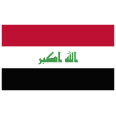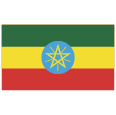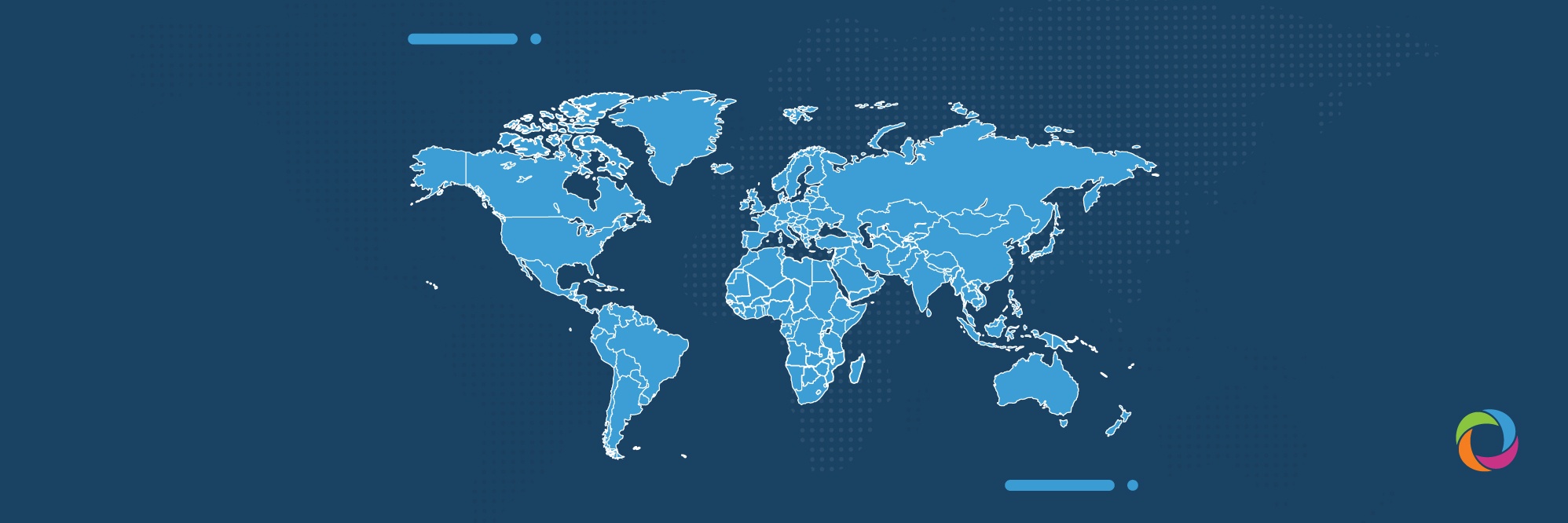By Jurie Hendrik Human
In recent years, every proposed US budget has threatened cuts to funding for foreign aid and freezes have been placed on fund approval. Nevertheless, billions are allocated annually in foreign aid for developing countries. Here we’ll delve into the topic of US foreign aid, how it was changed in recent years and how the US contributes to development around the world.
Foreign Aid
Each year the US government makes a commitment to provide foreign aid. Despite threatened cuts, the budget for US foreign aid has steadily increased since 2001, peaking in 2015 and dropping slightly in the following years.
In 2018, the US allocated US$48 billion to 208 countries which took the form of economic aid and military aid. While this may appear to be a massive sum, it accounts for approximately 1% of the overall federal budget.
US Foreign Aid by Country
Due to the delay in reporting numbers, it is necessary to use the statistics for 2019. According to USAID (US Agency for International Development) figures, in 2019 the US made a US$47 billion commitment to foreign aid with approximately 35% of this being distributed to 10 countries.
 US aid to Afghanistan
US aid to Afghanistan
This amounted to US$4.89 billion with over 50% designated for military assistance programs which can involve a broad spectrum of initiatives including strengthening the judicial and legal systems and counter-terrorism operations.
 US aid to Israel
US aid to Israel
In 2019, this totaled US$3.3 billion and is part of a 10-year military aid Memorandum of Understanding that is in place until 2028. The funds are used to support breakthrough military technology developments that are shared by Israel and the US.
 US aid to Jordan
US aid to Jordan
Jordan received US$1.72 billion to assist its continuing journey to self-reliance and was used for programs to improve water security, reduce barriers for women and increase citizen-state trust.
 US aid to Egypt
US aid to Egypt
US$1.46 billion was allocated to Egypt for education programs, to encourage economic growth, to improve health, and to contribute to the prosperity and stability of the country.
 US aid to Iraq
US aid to Iraq
Iraq received US$960 million which was used to implement programs to stabilize communities, strengthen infrastructure, support agricultural and economic growth and assist the Iraqi government to respond to the needs of the people.
 US aid to Ethiopia
US aid to Ethiopia
Of the US$922 million Ethiopia received, over 97% was used for humanitarian assistance in the form of emergency response, food security assistance, developmental food aid, and programs for maternal and child health.
 US aid to Yemen
US aid to Yemen
The US$809 million aid package supported emergency food assistance, child vaccination, medical treatment, hygiene kits, and even household goods and blankets for displaced families.
 US aid to Colombia
US aid to Colombia
Columbia received $800 million to support the government’s efforts to promote economic prosperity and human rights and to improve the living conditions for vulnerable groups and victims of violence.
 Aid to Nigeria
Aid to Nigeria
Nigeria received US$793 million to assist stability, for humanitarian aid, and to support a market-led economy.
 Aid to Lebanon
Aid to Lebanon
Lebanon received US$790 million to help the country with its revival efforts including improving water services, enhancing academic opportunities, and protecting the environment.
Of course, there are other countries that benefit from US foreign aid too. This includes US aid to India to encourage innovation and enterprise, US foreign aid to Mexico to strengthen human rights, and the rule of law to reduce drug-related crime. There is also US aid to Ukraine and Puerto Rico and US foreign aid to China.
While US foreign aid can be a divisive subject, accountability for the economic assistance it provides is considerable with the US imposing stringent accounting and reporting requirements on aid recipients, and any misuse is investigated.

